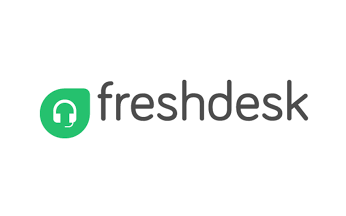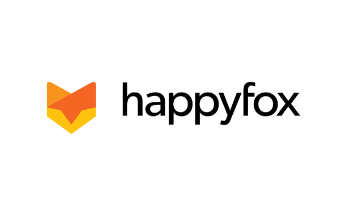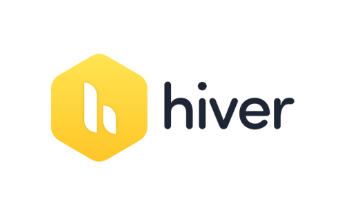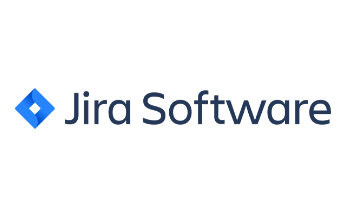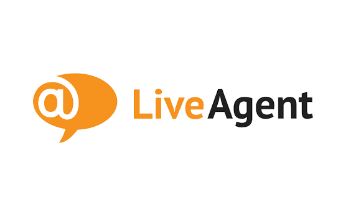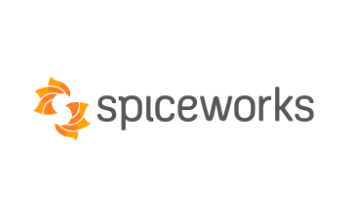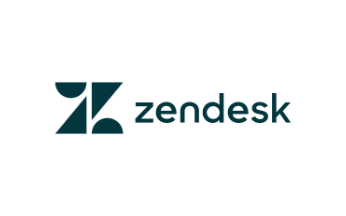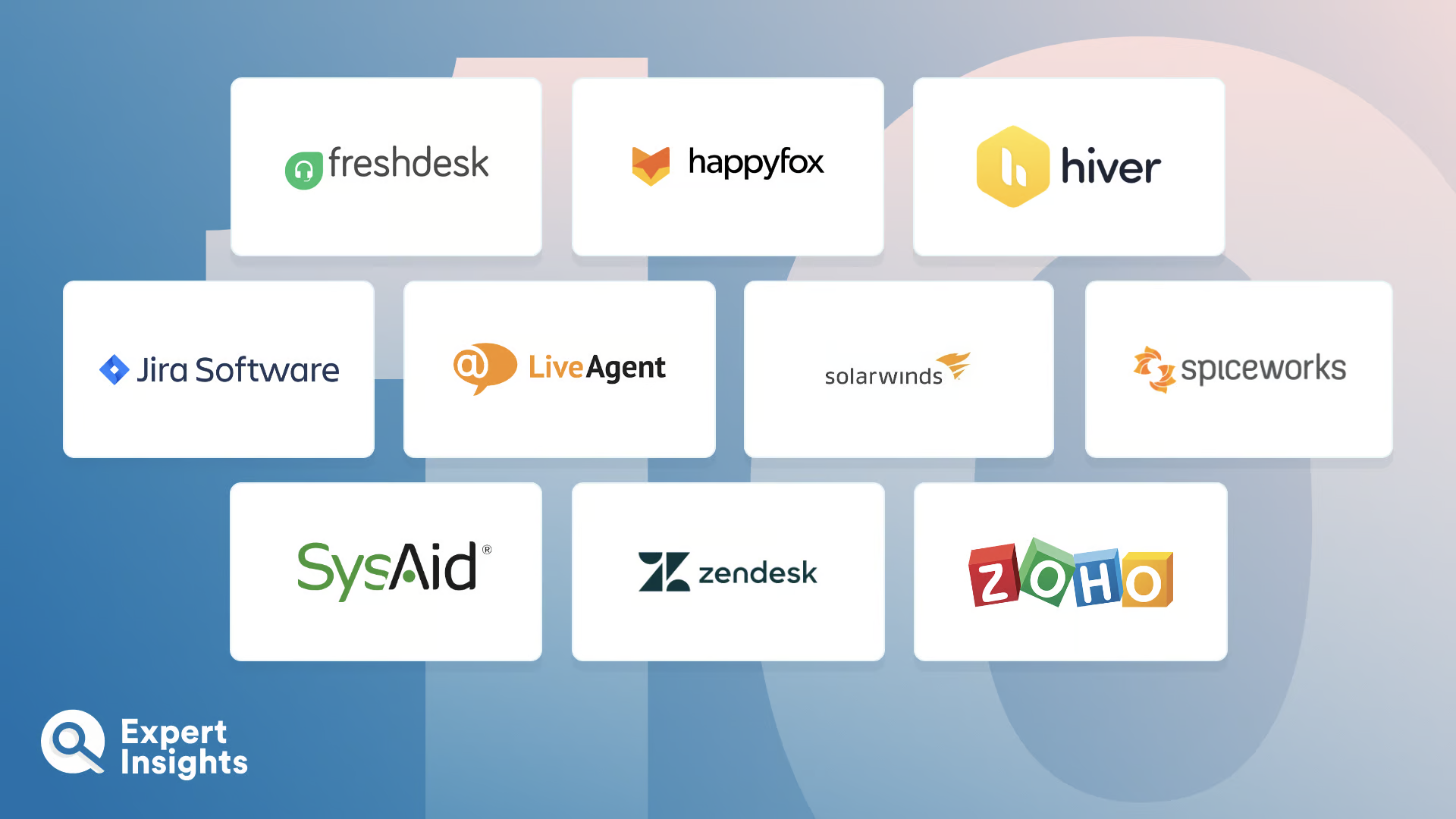Everything You Need To Know About IT Help Desk Solutions (FAQs)
What Is An IT Help Desk?
An IT help desk is an online portal, that users can access when they encounter an issues. From this portal, users can find common answers to misconfigurations and errors, or log an issue with the Helpdesk team. This may include troubleshooting a problem they’re experiencing, upgrading their security on their device, reseting a password, reporting a bug, or requesting access to a previously prohibited part of their network. IT help desks can act as an effective communications application and management tool, where IT staff can assist users, manage queries and tickets, track progress of a request, remedy technical problems, and streamline internal and external communication.
IT help desk solutions are used by IT teams to help manage and support users. They provide customer services in four key ways:
- Ticket Management
- Automation Suite
- Reporting
- Optimization
Users can send a query or error through the software’s online portal. This will then be processed, tracked, and organized through a ticketing system, and delivered to the right operative that can solve the issues. Users may also be directed to the self-service portal for simple remediation. IT help desk solutions offer more targeted support for users. They also give IT staff a clear idea of how the network is functioning, and the issues that users are experiencing.
How Does An IT Help Desk Work?
IT help desk software acts like a portal between end-users, IT specialists, and staff. Users will create a help desk request, specifying the issue that they are having trouble with. This ticket will be picked up by the IT help desk team, who will then be able to help. Some solutions may have a self-service option where users can be directed to a knowledge base that contains FAQs, tips, and guides allowing the user to fix the issue themselves. This is often used to save time for smaller issues that are quick fixes. Once a problem has been flagged with an agent, the process of capturing, categorizing, assigning, and resolving the issue can begin. Agents and users can track the progress of a request at each stage of the journey.
All communications and requests should be guided through the help desk, making communication clear and IT staff smoother. This also allows the platform to act as a single source of truth with regard to network issues and resolution progress. The solutions can also automatically prioritize tickets, so the most pressing and urgent problems are resolved faster. The platform should answer questions clearly and concisely, directing users either to the self-service function to find previously asked questions, or being redirected to an agent when they need a specific answer, action, or instructions.
Many modern help desk platforms have begun to incorporate features like AI-driven automated responses, multi-channel support, asset management, and integration capabilities with other enterprise systems. The market for IT Help Desk Solutions is broad, with providers offering a range of tools tailored to businesses of all sizes.
What Features Should You Look For In A IT Help Desk Solution?
- Prioritization: Agents should be able to prioritize tickets so they can focus on issues that need urgent attention.
- Automation: Strong solutions will include automation capabilities that can assist in reducing time spent on repetitive tasks. Automation can alert agents when a ticket has been issued and update users on progress.
- Advanced Analytics And Reporting: Analytics and reporting functions can provide insight into support performance, ticket trends, and any areas needing improvement.
- User-Friendly: Of course, it’s not just your IT team who will be using your IT help desk–your end users will be as well. It’s important that the platform is user-friendly and easy to navigate. Ticket tracking and self-service should be easily accessed and understandable. The content of any knowledge bases, FAQs, and guides should be in clear and concise language that is easy to understand. Any pop up chats shouldn’t be too intrusive and nor should it be too hard to find.
- Security Measures: Sensitive information is often sent through the portal, which is important to keep secure. Making sure your chosen solution comes with robust security measures is essential when it comes to preventing data loss, breaches, and other security issues.
- Knowledge Base: This is a storage are filled with common answers and useful articles that can aid a user with asking an agent for help, reducing the number of support requests.
- SLA/SLO Management: Service Level Agreements and Service Level Objects outline goals, expected service levels, and response times. The expectations should be clearly stated to ensure that progress is being met.
- Customization: Solutions can allow high levels of customization so that your portal is branded with the company’s logo, taglines, and color scheme. FAQs and guidelines should be easily customizable, with the option to start from a blank canvas or use a template. The option to build custom integrations alongside the help desk to extend its functionality is also an added bonus.
- Collaboration: Collaborative features can also improve the user experience drastically. Public and private messaging, as well as shared activity feeds, will enable your agents to converse more freely on tickets and troubleshooting.
- IT Asset Management: Solutions that offer an inventory of assets, with real-time health and performance data for incident contextualization and quicker remediation are also useful.




